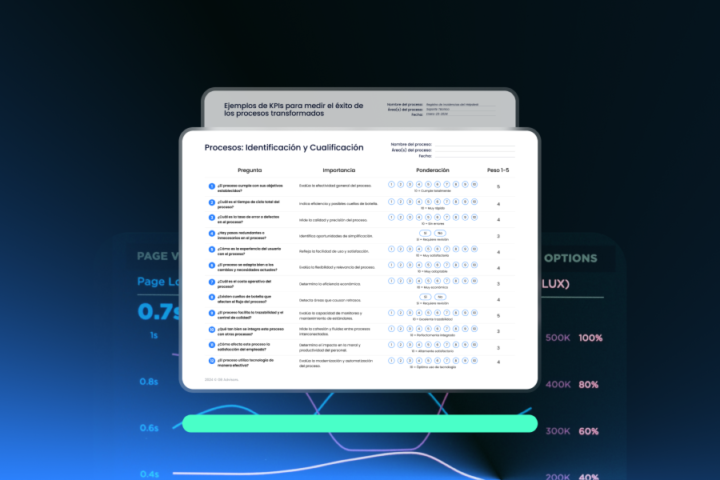
Financial information is the #1 target of hackers around the world. These cyber attacks, compromise large sums of money, undermine the economic stability of individuals and affect the reputation of banks. Damage can be irreversible and substantial. For this reason, IT departments must design prevention and early detection strategies. And for this purpose, it is imperative to identify the modus operandi of the criminals.
Bellow, we share the favorite cyber attacks by hackers to violate the financial sector.
The most dangerous cyber attacks for banks
Banks are stalked daily by external threats. Also, the risk grows in multinational companies or with branches abroad; because the bigger the IT architecture, the greater the risk of leaving weak points in the systems.
If the fish is big, cybercriminals are willing to spend several months looking for the best way to steal the company’s assets. In February 2018, the Central Bank of Russia published that a group of hackers managed to extract 6 million dollars from a regional bank. All this through the SWIFT system.
When the damage is done, there are no alternatives but to tell the truth to clients and partners. However, there are several ways to avoid this type of event.
You must begin by recognizing the enemy’s tactics:

# 1 Denial of services (DDoS)
The Denial of Service attacks is one of the most lethal actions against financial companies. Distributed Denial of Service (DDoS) is the most up-to-date version of DoS. They collapse the servers in order to suspend the use of platforms for legitimate users.
Bots, infected computers or simple slowloris are the main tools for DDoS. Although this cyber attack does not directly compromise the physical integrity of devices or the capital of companies, it can generate economic losses by disconnection and be used as a hook to redirect users to malicious pages.
# 2 Malicious Codes at Points of Sale

Malware can also intercept data packages at Points of Sale (PoS). This type of cyberattack diverts transactions or copies credit/debit card data.
In this case, hackers violate the products of financial companies, without having to break into their website or corporate network.
They go directly to members’ systems, such as supermarket chains, retail stores, shopping malls, and other establishments.
The lack of knowledge of the operators can facilitate the work of the attackers. Hackers usually capture information via DNS requests and cover up harmful activities with seemingly harmless software on computers.
The American company Home Depot was one of the most serious cases of data leakage by infected PoS. In which hackers leaked the information of 56 million payment cards. The malware managed to break through outdated security barriers and lasted 6 months.
# 3 Watering Hole
The watering hole has become one of the most implemented cyber attacks in the last 5 years. And financial companies are mainly affected. The watering hole technique infects corporate systems through online searches.
In this case, cybercriminals observe or deduct employee behavior to identify the websites they frequent. Malware of this type is especially difficult to track as it redirects specific IPs.
For example, Several Polish banks were infected through visits to the financial regulation page. The attackers transfer large amounts of sensitive data, even though the exact losses of money are unknown.
# 4 Exploitation of vulnerabilities

It is one of the most classic practices for stealing information from financial institutions. In this case, criminals identify the weakest flanks of infrastructure to be able to enter. They can spend hours, weeks or months surfing your virtual networks until they find what they want.
Typically, they jump from system to system looking for privileged access accounts or applications capable of receiving and transferring sensitive data.
# 5 Phishing
In many cases, cyber attacks are not targeted at your organizational structure, but at your client portfolio. They can impersonate you through Phishing. This is one of the simplest ways of extracting information; mostly because users usually do not have knowledge about these IT risks.
With this technique, hackers are able to request personal information via email, fan pages, on-site forms and any other channels of communication with the bank.
How to avoid cyber attacks in financial companies?
Early detection strategies and preventive tactics are the most effective in avoiding cyber attacks. You must know your vulnerabilities, threats and the interests of the attackers to determine their next moves.

You can get this information from different ways, such as:
- The study of cases of your referents
- The integration of a red team to perform Pentesting simulations
- The implementations of attack trees and model malicious activity based on APT
- Relying on the ATT&CK model to know the most common steps of attackers and block threats.
We recommend the integration of various specialized tools such as SIEM software and vulnerability scanners. The combination of both resources reinforces any vulnerable entries; as well as block attacks within your systems 24 hours a day.
At GB Advisors we can offer you the consulting and training services your team needs to optimize your company’s cybersecurity. Contact us.



